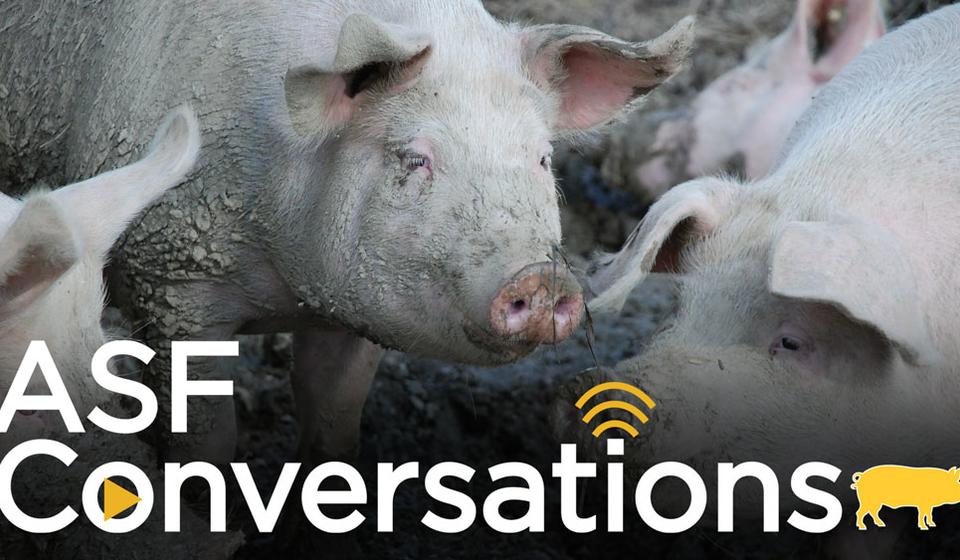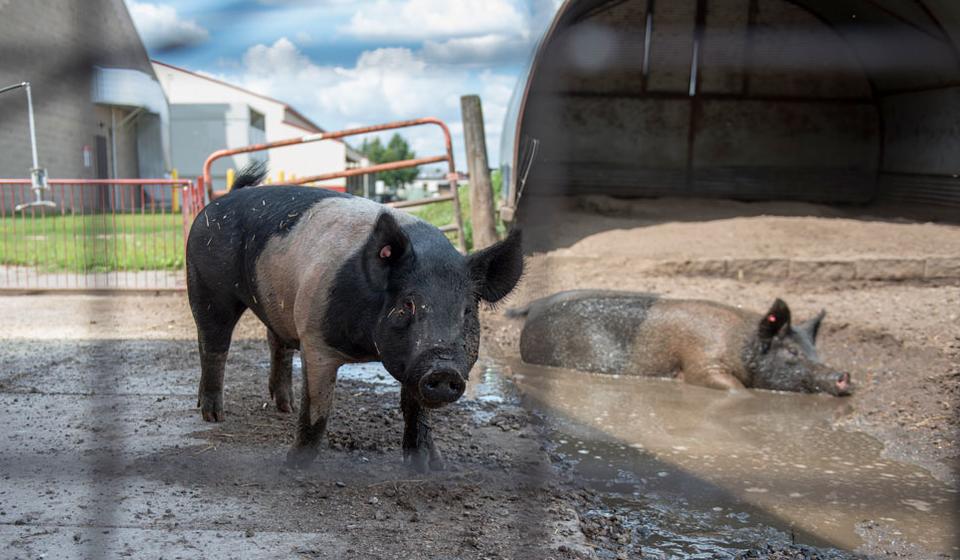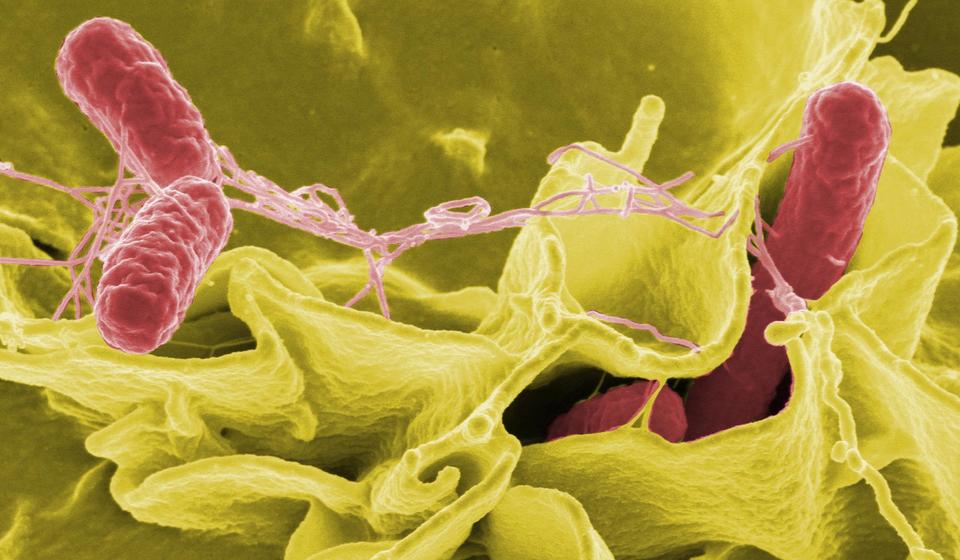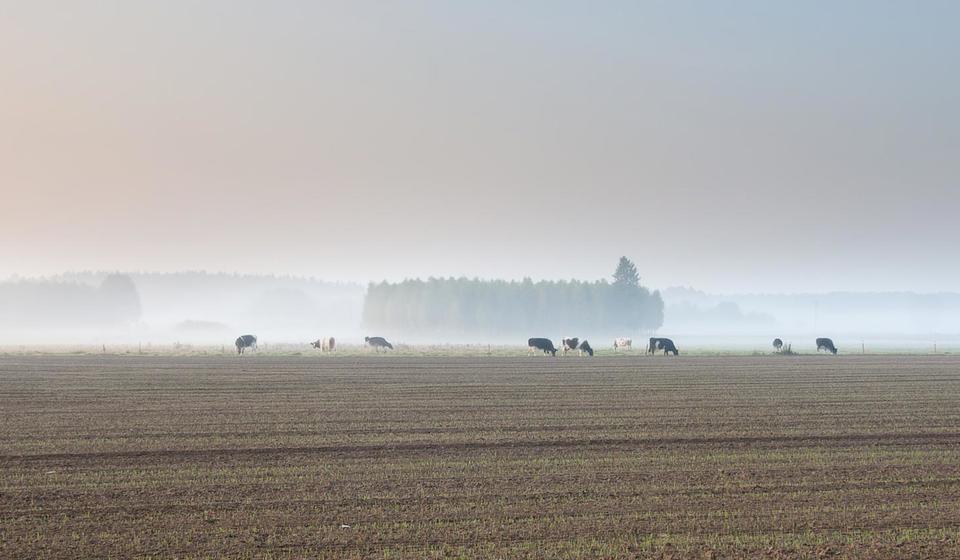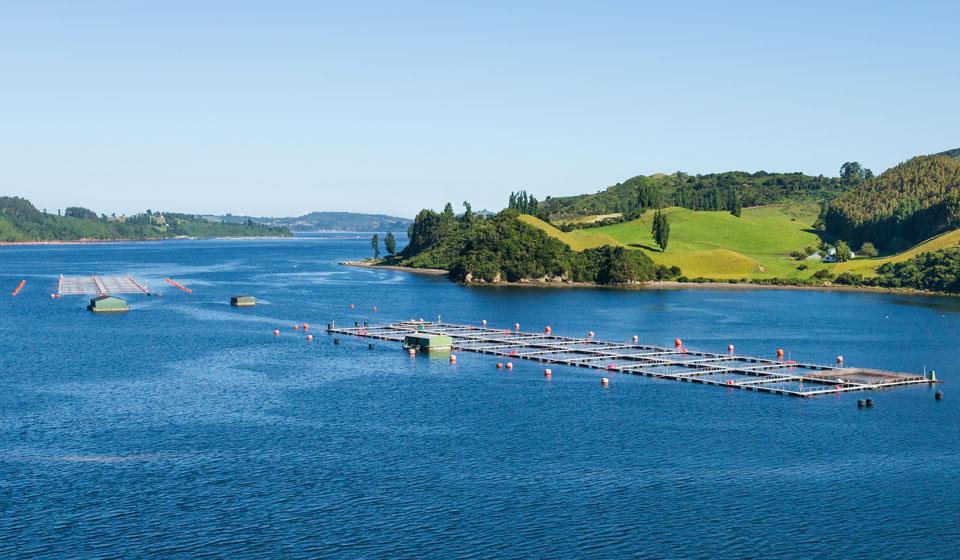Category:
Newsletter
Cases of African Swine Fever have been reported throughout Africa, Europe, Russia, and China. Quick to respond, CAHFS created a multimedia toolkit called ASFWatch to educate producers about ASF and what they can do to prevent it from entering the United States.
In partnership with the Swine Health Information Center and the U of M Swine Group, CAHFS has taken a novel approach to strengthening the United States market against global swine diseases.
Communities of scientists, practitioners, food producers, and health professionals around the globe are working to better understand the implications of antimicrobial use and resistance.
Researchers at the University of Minnesota Center for Animal Health and Food Safety are working with the Minnesota Veterinary Diagnostic Laboratory and the Minnesota Department of Health to learn which Salmonella strains are emerging in the Midwest.
Noelle Noyes uses her background in social sciences, business, and veterinary epidemiology to bridge the gap between researchers and farmers. “I'm very adamant about making sure my research has some connection to actual problems producers are facing."
It’s important to understand how animals, humans, and the environment play a part in AMR genes. Through a partnership with the Minnesota Department of Health, CAHFS and the VDL are conducting new research.
For millennia, humankind has used antibiotics to treat infections empirically, even before knowing those infections were caused by bacteria—or that bacteria existed. Yet, as antimicrobials have flourished, so too has antimicrobial resistance in bacteria, leading to a prediction that by 2050 over 10 million people will die annually due to AMR.
U of M researchers have met with partners in Chile to examine fishing industry practices that could help the country prepare for future food demand.
In the southwest corner of Minnesota, perched on the edge of the Great Plains and a long way from native shrimp habitat, Trū Shrimp has begun its operations.
One of the most important challenges humankind faces today is the expected increase in population size, with projections—supported by the United Nations—that the world population will reach the 9 billion mark by the year 2050. Population growth will consequently lead to an unprecedented increase in food demand. Although all food animal industries will continue to work to prepare and adapt to satisfy that demand, consensus is that aquaculture will play a significant role in the future of food security.
